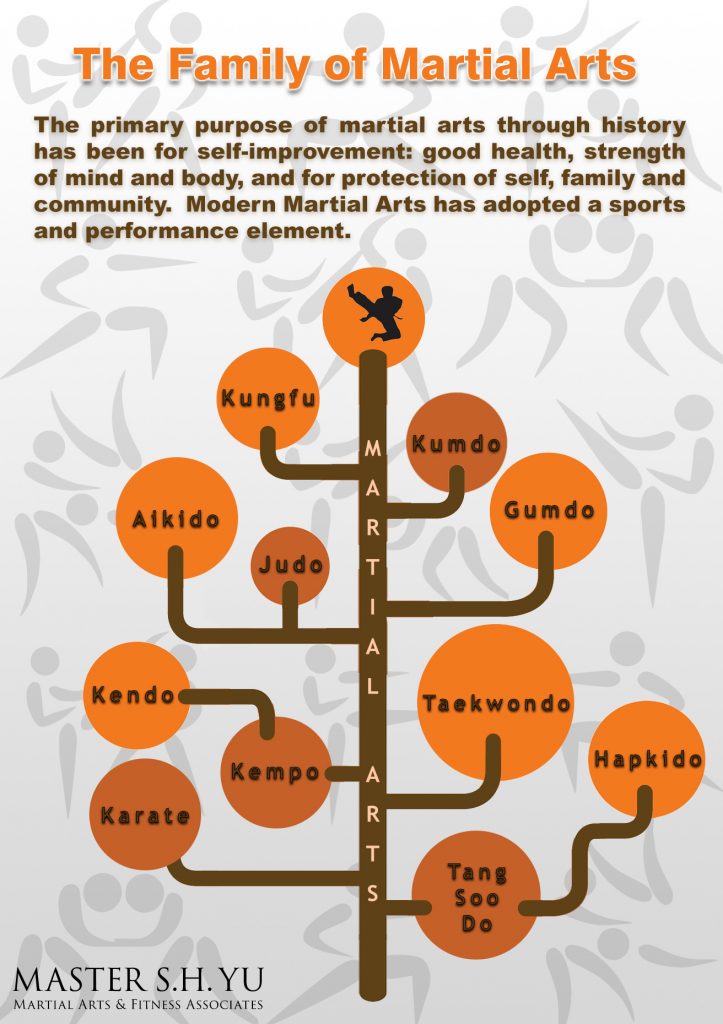In What Means Do Standard Martial Arts Prioritize Discipline Contrasted To The Competitive Nature Of Contemporary Battle Sporting Activities? Uncover The Basic Distinctions That Can Impact Your Trip
In What Means Do Standard Martial Arts Prioritize Discipline Contrasted To The Competitive Nature Of Contemporary Battle Sporting Activities? Uncover The Basic Distinctions That Can Impact Your Trip
Blog Article
Article By-Keith Finnegan
When you think of martial arts, do you lean a lot more towards the typical methods or the contemporary fight sporting activities? Each path offers distinct benefits and experiences, formed by their ideologies and training methods. Typical martial arts highlight individual growth and self-control, while modern-day fight sporting activities focus on competitors and efficiency. Understanding these distinctions can lead you in picking the appropriate approach for your trip. Yet how do these differences materialize in training and ideology?
The Ideology and Background Behind Standard Martial arts
While lots of people connect martial arts with physical battle, the approach and history behind standard martial arts run much deeper. You'll discover that these techniques highlight personal development, technique, and respect.
Originating from ancient techniques, conventional martial arts were often created for Self-Defense and spiritual growth. They symbolize concepts such as balance, harmony, and self-constraint, assisting experts beyond simple battling skills.
As you educate, you'll not only learn techniques however additionally get understandings into the culture and worths that shaped these arts. The routines and practices, often passed down through generations, promote a feeling of area and belonging.
The Affordable Nature of Modern Fight Sports
Modern fight sports have transformed the landscape of martial arts into a very competitive sector, where professional athletes face off in a test of skill, technique, and endurance.
You'll see that competitors are typically organized with strict policies and policies, ensuring fair game and safety and security. These occasions draw in big audiences, fueling the exhilaration and strength of matchups.
https://consofteachingkidsmartial76531.topbloghub.com/41393340/striking-the-ideal-stability-between-swiftness-and-accuracy-in-fighting-styles-guideline train rigorously, not just for physical prowess however additionally for psychological strength, recognizing that every detail counts in the ring. The adrenaline thrill during competitions is apparent, as boxers press their restrictions to claim triumph.
Fans appreciate the athleticism and creativity included, making contemporary combat sports a thrilling phenomenon that remains to evolve and mesmerize lovers all over the world.
Training Approaches and Techniques: A Relative Analysis
The affordable ambience of modern battle sports demands innovative training methods that vary substantially from typical martial arts.
In modern training, you'll concentrate on details methods, sparring, and conditioning, typically making use of drills that mimic actual battle situations. You'll see a focus on quantifiable performance and regular competition to evaluate your skills.
In contrast, conventional martial arts focus on forms, katas, and philosophical teachings, commonly stressing technique and regard over competition.
Training is generally much less intense and might include repetitive practice rather than real-time sparring.
While both approaches develop skill and health and fitness, modern combat sports provide a more vibrant and adaptable training atmosphere, preparing you for prompt challenges in the ring or cage.
Pick the path that straightens with your objectives and rate of interests.
Final thought
In selecting between typical martial arts and modern-day fight sports, it truly comes down to what you value many. If see this here seeking individual growth, technique, and a feeling of area, typical arts may be your finest fit. Yet if you prosper on competition and real-time difficulties, modern combat sporting activities could be the method to go. Inevitably, both paths use one-of-a-kind advantages, so it's all about aligning your training with your personal objectives and interests.
